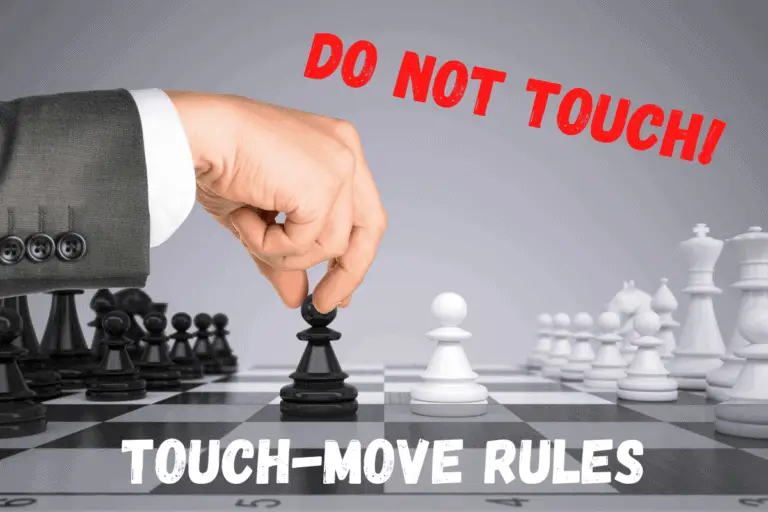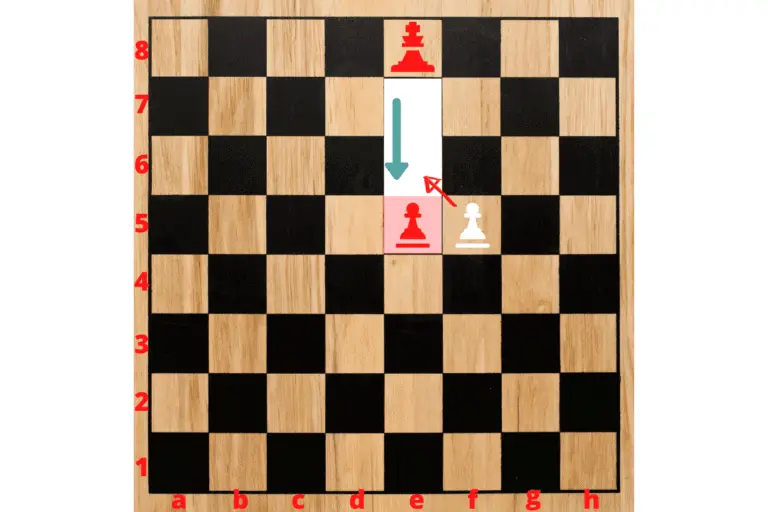Castling in Chess (How – Conditions – Rules & When)
⭐⭐⭐ Take 8 minutes to read and improve your chess game ➡️ : This article was first published on, and is Copyright of Chessquestions.com
Have you heard of castling? It’s unique in a way that it allows you to play three moves at once. Here, you can shuffle 2 different pieces, in one move. These two pieces are your king and the rook. Also, it’s the only move where your king can jump 2 squares!
Sounds interesting right?
If you have never heard of this rule, it might look illegal when your opponent plays one. But it’s a normal legal move.
You might wonder what castling looks like on the chess board and how to execute it? Are there any conditions to fulfil under which you can castle?
Also, what is its importance? Do the best players in the world use this special move frequently in their games? Or do they avoid it?
Here you will find answers to all such questions regarding castling. By the end of the article, you’ll have a complete understanding of this unique move and how to use it in your game.
Let’s begin with the basics.
What is Castling in Chess?
It’s a special rule where you can move your king 2 steps(or squares) to either its right or left side on the back rank, and the rook comes towards the center, one square next to the king.
Now this might sound like some chess jargon, but here’s how it looks.
Chessboard Position before Castle Move
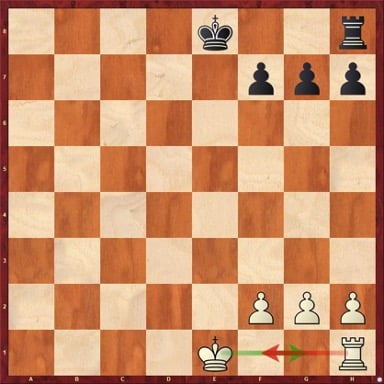
Note how the King and Rook are in their original positions on the chess board before the castle move
Chessboard Position After Castle Move (Short castling)
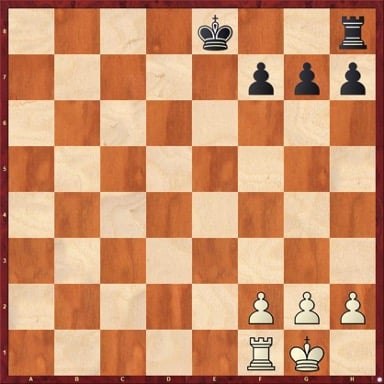
And now, after castling, the King and Rook have switched sides and occupy adjacent squares.
How to castle?
Move the king first, two squares to the side you want to castle and then bring the rook towards the centre in such a way that it stands next to the king.
Below you’ll see how to castle kingside and queenside, with both the colors.
The Short Castle (Kingside Castling)
Here, you will transfer the king to the kingside and bring the kingside rook towards the centre, just next to the king. It is also known as short castling.
Steps for castling kingside for White –
In the position below, White can castle on either side they want.
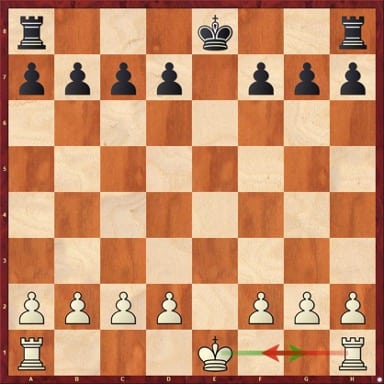
To castle on the kingside, here’s what to do –
- Move the king on e1-square, two steps to g1-squares, towards the corner.
- Move the rook on h1-square to f1-square, towards the centre.
And yes all of this in one move!

Steps for castling kingside for Black
Now let’s see how Black can castle in the same position, after we flip the board around.
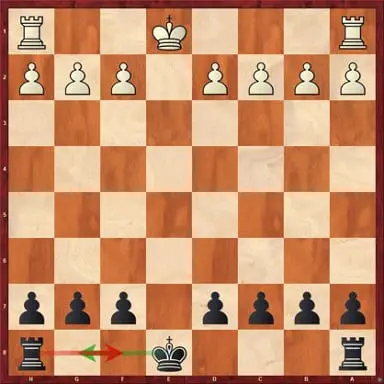
Once again, we follow the similar steps –
- Move the Black king on e8-square to g8-square, towards the corner.
- Move the rook on h8-square to f8-square, towards the centre.
All of this in one move.
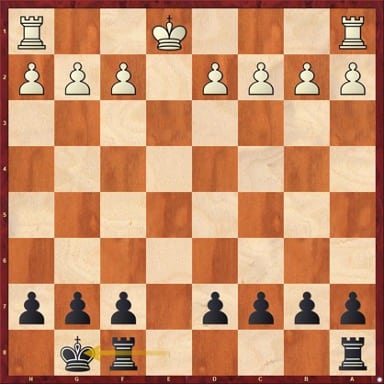
The Long Castle
Also known as ‘Long castling’ is when the castle move is undertaken on the queenside of the board. Here, you will transfer the king to the queenside and bring the rook towards the centre, just next to the king.
The Long castle, or Queenside castle has the ‘long’ name because in this case the rook moves three squares rather than just two on the kingside [or short castle]. So the difference between the long and short castle moves, are the number of squares moved Kingside (2) or Queenside (3)
Steps for castling queenside for White
We’ll take the same position once more.
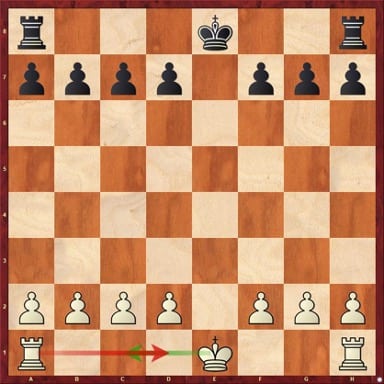
To castle on the kingside, here’s what to do –
- Move the king on e1-square, three steps left to c1-square, towards the corner.
- Move the rook on a1-square to d1-square, towards the centre.
Once again, execute the two steps in one move. It’s totally legal!
The final position would look like this –
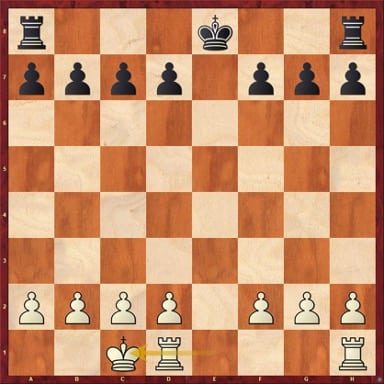
Steps for castling queenside for Black
Now let’s flip the board and give Black the move. I’m sure, you’ll now guess how to castle queenside with the Black pieces.

We follow the same steps –
- Move the king on e8-square, two steps to c8-squares, towards the corner.
- Move the rook on a8-square to d8-square, towards the centre.
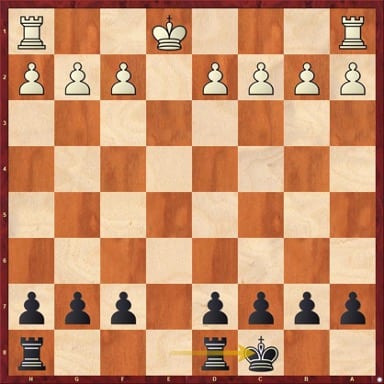
I hope it’s clear to you what castling looks like for both sides. Below, we will discuss the conditions and rules for this unique move. But let me quickly explain the difference between short and long castling first.
Difference between Short and Long Castling
In short castling, you move your king towards the kingside. Also, your rook travels 2 squares in this case.
In long castling, you move your king towards the queenside. Also, your rook travels 3 squares in this case.
This is the difference between the two different types of castling. Now let’s understand the conditions when you can and cannot castle.
Conditions for Castling? What stops me from being able to castle?
You’re allowed to castle under the following conditions only –
- When there are no pieces standing between the king and the rook.
- Both, the king as well as the rook where you want to castle, have to be on their original squares.
- If either of your pieces, king or rook, have not moved during the entire game and castling will be the first time they move from their original squares.
Now let’s see under what conditions you can’t castle.
There are times when this is temporary and there are times when you permanently lose this right.
You lose your castling right temporarily under the following situations –
1. Your King is in Check
If your king is in check, you cannot castle.
In the position given below Black’s king is in check from White’s rook on e1. Black must resolve the check first, before they can castle.

How to fix it?
Block the check with a piece or pawn, or capture the piece that’s giving a check.
If you move the king, you will permanently lose your right to castle. So be careful before doing it.
2. Your King Passes Through a Square Controlled by the Enemy
If the enemy controls the square through which your king will pass, then you cannot castle.
Take a look at the position below –
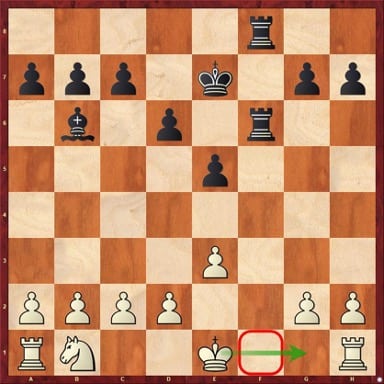
For White to castle on the kingside, their king has to reach g1. For that, it has to pass through the f1-square, technically. But the f1-square is controlled by the Black rook, which means the White king cannot pass through it.
For that reason, White cannot castle on the kingside on this move.
How to fix it?
Stop the enemy from controlling the square, through which your king passes. After that, you are ready to castle.
3. Your king will be in check after castling.

In the above position, if White castles long, their king will go to c1-square. But the Black bishop controls the c1-square already. Hence White cannot castle to that side of the board.
How to fix it?
Just make sure that none of the opponent’s pieces cover the square where your king will be after castling. Once that is resolved, you can castle, provided you meet the other conditions.
4. There is a piece between the king and the rook.
In the following position, White cannot castle to the queenside of the board. That’s because their knight on b1-square prevents their a1-rook from coming over towards the centre.
On the other hand, they can castle on the kingside because there are no pieces in the middle of the king and h1-rook.
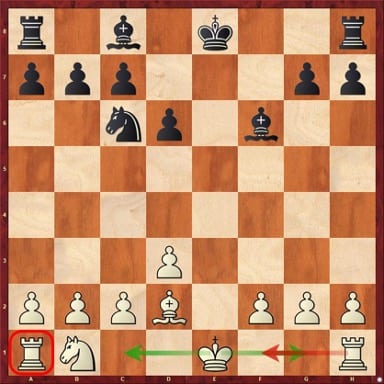
How to fix it?
Just clear the backrank and make sure there are no pieces between the king and rook.
Now let’s see when you lose your right to castle permanently.
You lose your castling right permanently under the following conditions
- Your king has moved during any point of the game.
- If the rook you want to castle with has moved during the game.
Here there are no fixes. If your pieces have moved and after that returned to the original square, you won’t be able to castle. So be very careful before moving either of them.
One last rule you must know is about the touch move-rule and castling.
What piece should I touch first before castling?
Always touch the king first and move it to its destination. Only after that touch the rook and move it to its destination. This is the legal way to castle.
Don’t touch the rook first. If you do so, your opponent has the right to make a claim and force you to move that rook only. In this case, you won’t be able to castle.
There have been some instances where top players have touched the rook first and castled. Their opponent didn’t claim, mostly to play the game in a fair spirit. But at a lower level, there’s no such luxury.
So be careful with the touch move rule related to castling.
Remember king first, rook second.
Now let’s understand it’s important and whether top players use this unique move.
Is castling important?
Yes, castling is important for two main reasons.
- It allows you to safeguard your king.
- It brings your rooks towards the centre and in most cases, into the game.
This way, you are able to secure the king and develop your rooks in just one move. So what might take your three moves (2 king moves + 1 rook move) is accomplished in just a single move. Hence the importance of it cannot be emphasized.
Top players use this special move all the time in their game. Out of all their games, 95% of the time a top player will choose to castle.
There are some cases when they don’t. But during that time, their king feels safe in the centre while their rooks can be activated via a different route. Only in those cases, it doesn’t make sense. But that’s the exception.
As a beginner, you should always try to castle.
So the next logical question you might ask is the following.
When is the best time to castle?
- The best time to castle depends on the opening strategy. There are openings like Ruy Lopez or the Italian where White castles in as little as the 4th move. While there are some others, like the Queen’s Gambit where White castles after 10 moves.
A good rule of thumb would be to castle as soon as your pieces have vacated the back rank and your king and rook are ready to swap places.
- Also whenever you castle, go towards the side where the opponent doesn’t have a lot of their army. This way, it will be harder for them to launch an attack and your king will feel much safer.
Here also there are positions like the opposite side castling, where both the sides willingly castle where the opposition will launch an attack. Here, the opening strategy revolves usually around whose attack crashes through first. Some openings that fall under this category include the Sicilian Defense and the Scandinavian.
This just shows that there are no hard and fast rules as such. It is the opening strategy that decides the when and where.
Also in rare cases, castling might not be the best option. But that’s a debate for another article.
How do you record castling in algebraic notation?
- To denote short castling in algebraic notation, write – 0-0
- To denote long castling in algebraic notation, write – 0-0-0
Remember the extra 0, for long castling.
When was casting added to chess as a rule?
Castling was added as a rule to the game during the 14th-15th century. However, the rule in its present form was developed around the 17th century.
As for the algebraic notation of this unique move, it was first introduced by Johan Allgaier in his treatise, in 1811. In that, he differentiated castling to the kingside and queenside with ‘0-0r’ (to the right) and ‘0-0l’ (castle to the left).
The version of long castling ‘0-0-0’, was added by Aaron Alexandre in 1837 and it gained acceptance from there on.
Conclusion
To sum it all up remember that castling allows you to do 3 legal moves in chess, in just one.
It helps you to develop your rooks and safeguard the most important piece, the king.
We hope this guide has given you a clear idea of what castling is, the conditions required to execute it as well as a basic understanding of how to use it in your game.





